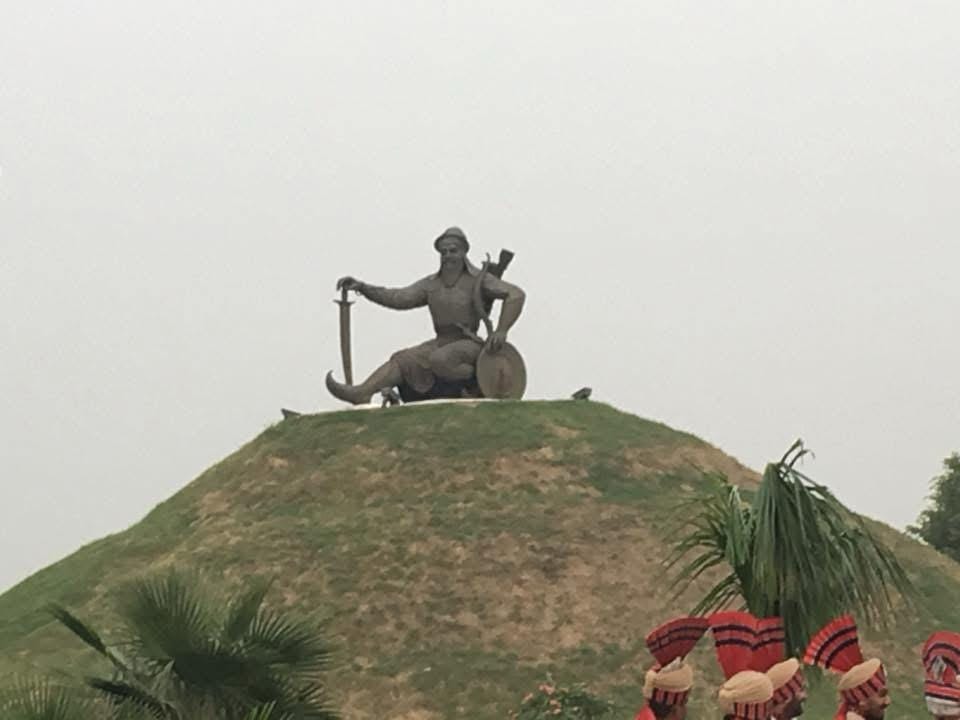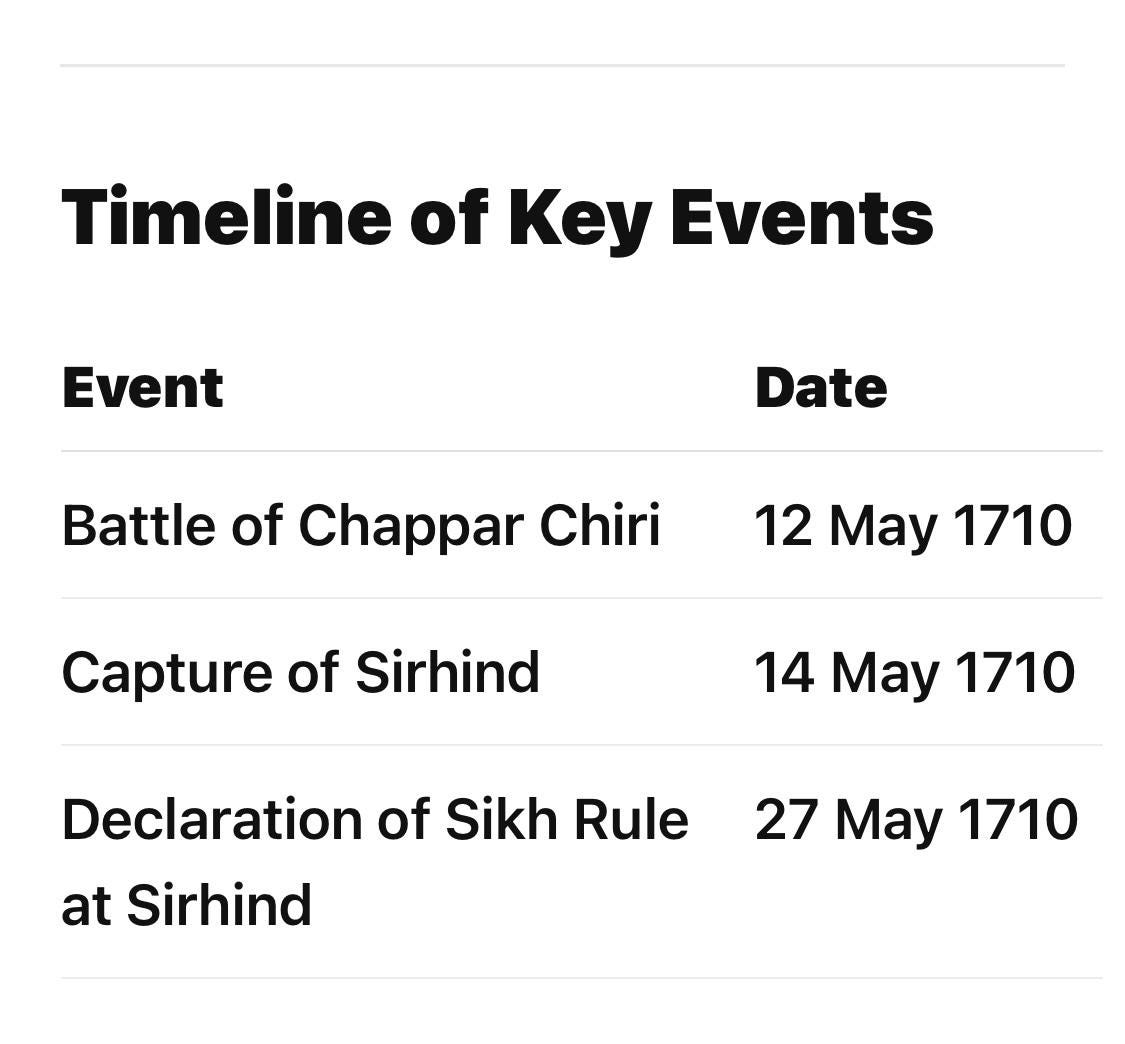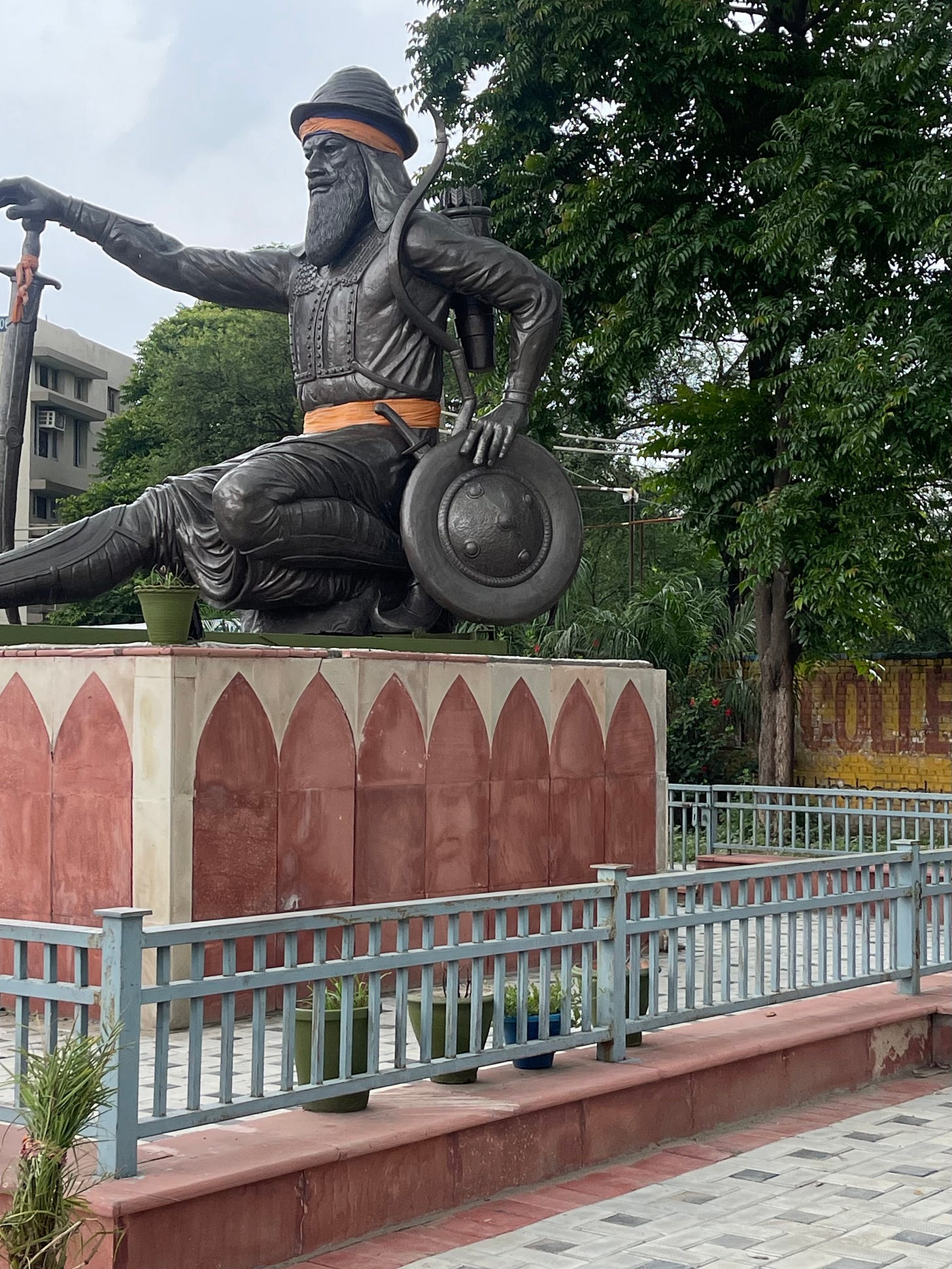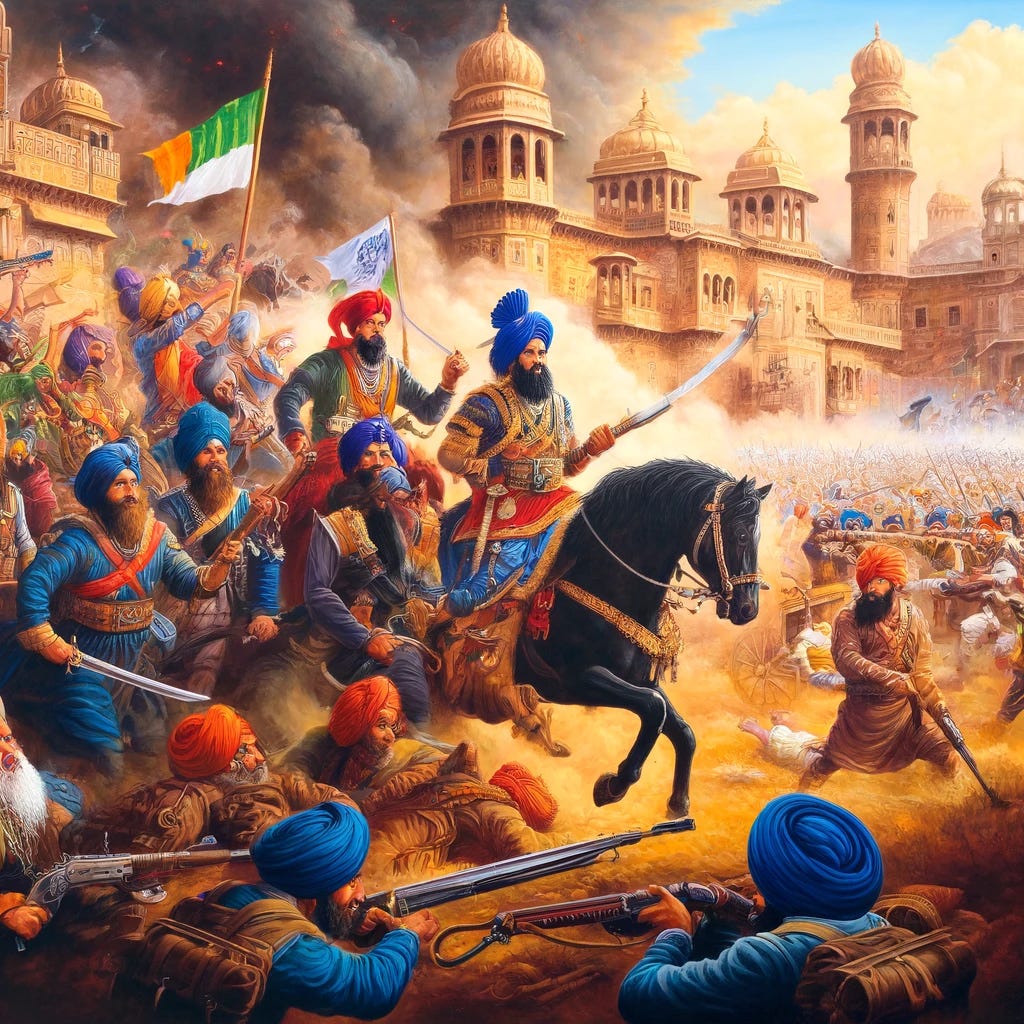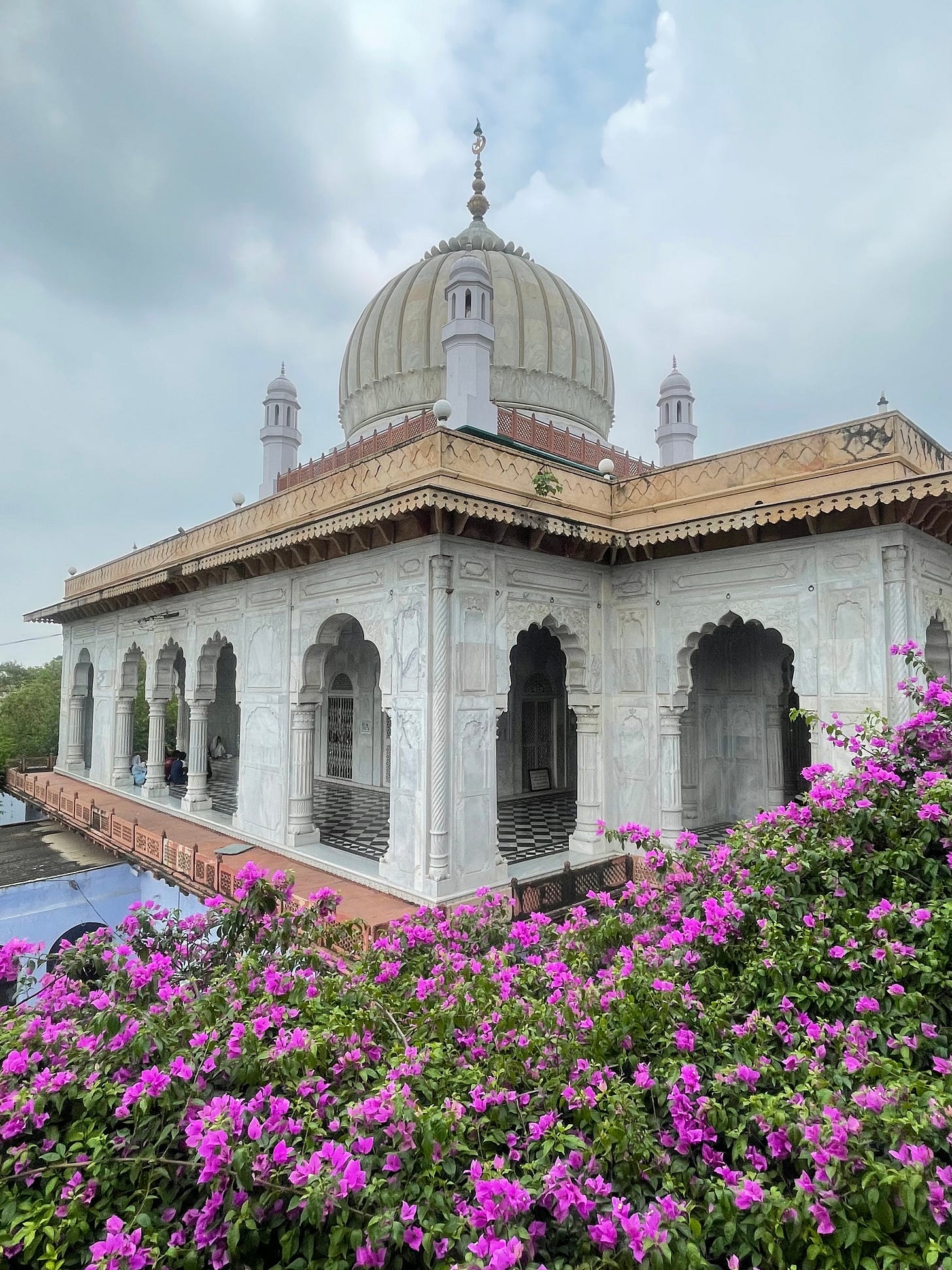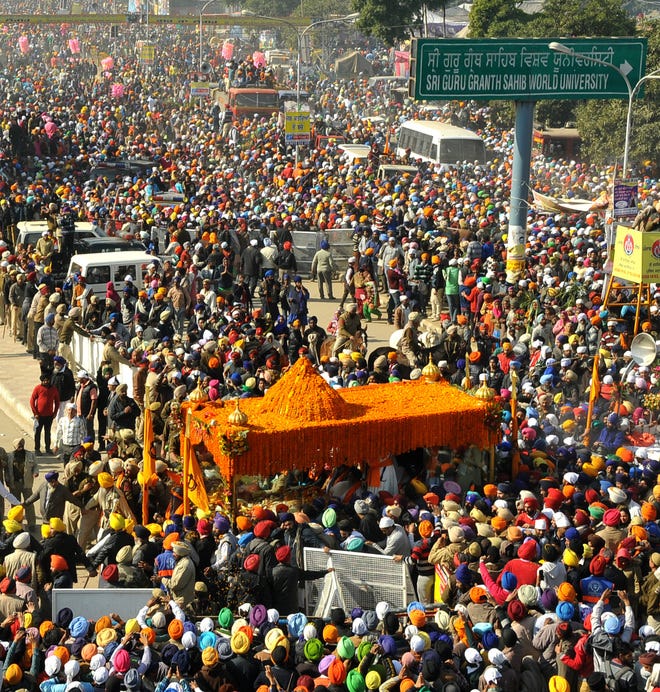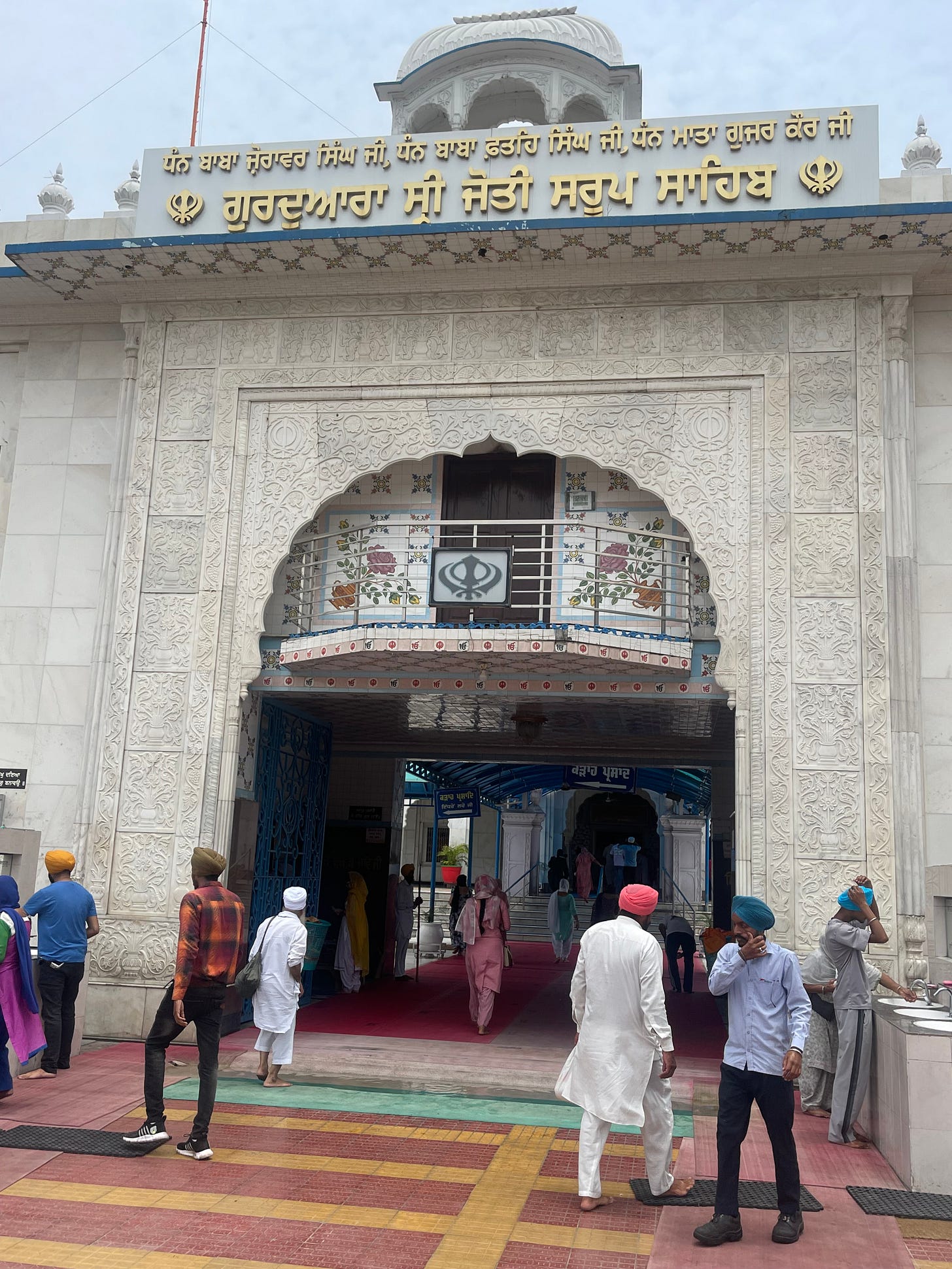Chappar Chiri Victory Day – 12 May 1710: The Roar of Sikh Sovereignty Begins with the Winning March to Sirhind
Commemorating the 315th Anniversary of Banda Singh Bahadur’s Decisive Victory at Chappar Chiri on 12 May 1710 — the Turning Point that Led to the Fall of Sirhind and the Dawn of Sikh Sovereignty
Chappar Chiri Victory Day – 12 May 1710
Today, on 12 May 2025, we solemnly commemorate the 315th anniversary of the historic Battle of Chappar Chiri—a moment that forever changed the destiny of Punjab, forebode the fall of Sirhind and heralded the rise of Sikh political power. It was on this day in 1710 that Banda Singh Bahadur, a warrior-saint appointed by Guru Gobind Singh Ji, led the Khalsa forces to a decisive victory over the Mughal army of Wazir Khan, setting in motion a sequence of events that would culminate in the first sovereign Sikh state in northern India.
The Battle of Chappar Chiri: 12 May 1710
The rolling plains of Chappar Chiri, located near modern-day Mohali, bore witness to an epic clash. Despite being outnumbered and under-equipped, Banda Singh’s Khalsa warriors were fired by faith and a mission to avenge Mughal tyranny—especially the brutal execution of the younger Sahibzadas of Guru Gobind Singh Ji at Sirhind.
The Mughal fauj under Wazir Khan relied on traditional imperial strength—artillery, war elephants, and cavalry. Yet, it faltered before the unbreakable resolve of the Khalsa. Banda Singh’s brilliant tactics, including the timely deployment of his elite reserves, shattered Mughal lines. In a final blow, Wazir Khan was killed—reportedly by the fierce warrior Fateh Singh—leading to a total rout of the Mughal army.
The March to Sirhind and Khalsa Justice
Following the battlefield triumph, Banda’s forces advanced rapidly. Within two days, by 14 May 1710, Sirhind was captured after intense fighting. Around 500 Sikh warriors laid down their lives during the siege, but their sacrifice secured the downfall of a city synonymous with Mughal cruelty. Banda Singh seized treasures worth nearly 2 crore rupees from Wazir Khan’s treasury, redistributed them to the poor and landless, and punished Wazir Khan posthumously—his body displayed as a warning to oppressors.
Declaration of Sikh Rule: 27 May 1710
With the Mughal stranglehold broken, Banda Singh Bahadur convened a diwan at Sirhind on 27 May 1710, where he formally declared Khalsa Raj. He abolished zamindari, gave land rights to the tillers, and appointed Baz Singh as the Governor of Sirhind. This was not just a political revolution but a social and economic transformation, driven by Sikh ideals of justice and equality.
Fateh Burj at Chappar Chiri: A Monument to Victory and Sovereignty
Rising majestically from the battlefield where Sikh destiny turned on 12 May 1710, the Baba Banda Singh Bahadur War Memorial at Chappar Chiri near Mohali stands as a monumental tribute to Sikh valour. Inaugurated on 30 November 2011, the memorial commemorates the historic triumph of Banda Singh Bahadur over the Mughal forces—a victory that paved the way for the fall of Sirhind and the rise of Sikh sovereignty. Its crowning feature, the Fateh Burj, is India’s tallest victory tower at 328 feet (100 meters). Octagonal in design and fortified with triangular gun-slit motifs, the tower evokes the martial spirit of the Khalsa. Topped with a Sikh dome, Khanda, and Kalash, the Burj rests on a seismic-resistant structure of reinforced concrete and steel. The 20-acre memorial complex also features statues of Banda Singh Bahadur and his five generals, a serene water body, landscaped mounds, and a museum, making it not only a site of architectural grandeur but a living embodiment of the Sikh spirit of justice, resilience, and freedom.
Legacy and Modern Commemoration
Chappar Chiri today stands as a symbol of Khalsa courage and sovereignty. The massive Banda Singh Bahadur War Memorial, with its towering Khanda and vivid depictions of the battle, reminds all of the valour that reshaped Punjab’s destiny.
12 May must be remembered not merely as a military victory, but as a historic assertion of Sikh sovereignty, dignity, and righteous resistance. It marks the day when oppressed farmers, artisans, and commoners under Banda Bahadur’s leadership crushed a mighty empire and planted the flag of self-rule, justice, and spiritual rebellion.
In Summary
The victory at Chappar Chiri on 12 May 1710 was not just a battle won—it was a vision realised. It lit the torch of Sikh sovereignty, kindled in the teachings of the Gurus, and passed on through generations.
It was not just revenge as we understand it today—it was divine retribution, delivered within a matter of a few short years after the unparalleled martyrdom of the younger Sahibzadas, in December 1704. The moral arc of justice bent swiftly and powerfully, striking at the heart of tyranny in Sirhind.
On this solemn anniversary, we salute Banda Singh Bahadur and his companions, whose courage carved out the first Sikh state and shattered the myth of Mughal invincibility.
Banda Singh Bahadur: A Catalyst in Sikh Resurgence
Emerging as a pivotal figure during this period of Sikh resistance was Banda Singh Bahadur. Initiated into the Khalsa by Guru Gobind Singh himself, Banda Singh carried the Guru's mission and military mandate forward with formidable zeal. In 1710, this indomitable leader avenged the Sahibzadas by sacking Sirhind, executing Wazir Khan, and signaling the beginning of the decline of Mughal control over the region. However, his revolutionary campaign was short-lived. Captured in 1716, Banda Singh was brutally executed in Delhi, a grim spectacle of Mughal cruelty.
From Persecution to Power: The Rise of the Sikh Misls
Following Banda Singh's death, the Sikh community faced intense persecution. The Mughals, alarmed by the rising influence of Sikhs, resorted to severe measures to crush the burgeoning power. However, the Sikhs, resilient and determined, began organizing themselves into various Misls (military confederacies) during this tumultuous period. By the mid-18th century, these Misls had grown both in strength and ambition, fuelled by a desire to reclaim their lands and assert their sovereignty, as the ultimate tribute to the eternal mission of Guru Gobind Singh against oppression and brutality.
The Strategic 1764 Recapture of Sirhind by Sikh Misls
In 1764, a significant year in Sikh history, the Sikh Misls, having grown formidable and well-coordinated, orchestrated the recapture of Sirhind from the weakening grip of the Mughal Empire. This effort was led by the chiefs of the Phulkian Misl, notably Ala Singh of Patiala, who were joined by other prominent Misl leaders such as Jassa Singh Ahluwalia and Jassa Singh Ramgarhia. Their collaborative efforts were a response to the declining Mughal authority, further weakened by repeated Afghan invasions led by Ahmad Shah Durrani (Abdali). As the Sikh forces advanced, they confronted the Mughal Governor Zain Khan, whose defeat and death in battle marked a decisive turning point in the region, and in many ways, a symbolic repeat of the death of Wazir Khan at the hands of Banda Bahadur in the famous Battle of Chappar Chiri in the year 1710.
The Impact and Significance of Victory
The victory at Sirhind was much more than a military conquest; it was a symbolic act of justice avenging the tragic deaths of the younger Sahibzadas. Baba Ala Singh of Patiala, in particular, played a crucial role in this campaign, employing his keen military insight to dismantle the remnants of Mughal control in Sirhind swiftly. This victory not only avenged past grievances but also firmly established Sikh control over this critical Punjab territory, symbolizing the reclamation of Sikh pride and the consolidation of their power in the region.
Sirhind Under Sikh and British Rule
The Flourishing of Sirhind under Sikh Sovereignty
Following its liberation from Mughal control, Sirhind was seamlessly integrated into the burgeoning estate of Patiala, heralding a new era of prosperity and stability under the leadership of Baba Ala Singh, now with the title of Maharaja of Patiala. This pivotal shift marked the end of its history as a Mughal stronghold, ushering in a period of significant development and peace. Under Sikh governance, particularly during the reign of Baba Ala Singh and subsequent rulers, Sirhind flourished. The region benefited from policies that promoted economic growth and social welfare, undoubtedly facilitated by its strategic location on the Grand Trunk Road. This historic route, built originally by Sher Shah Suri, connecting Delhi with Lahore, enhanced Sirhind's economic significance. The governance model established in Sirhind became a blueprint for effective regional administration within the expanding Sikh territories, which continued to thrive until the British annexation of Punjab in 1849.
Transition and Governance during British Paramountcy
Post-1849, after the Second Anglo-Sikh War, Sirhind, along with the rest of Punjab, underwent substantial administrative reorganization under British rule. However, unlike many regions— notably the cis-Sutlej area of Punjab that was part of Maharaja Ranjit Singh’s Empire and directly administered by the British, Sirhind fell under the jurisdiction of the Patiala Princely State, which maintained a semi-sovereign status. Patiala, under the enlightened rule of its Maharajas, managed its internal affairs autonomously, handling judiciary, police, education, and other local issues, while the British held control over defense, foreign affairs, and broader communications. This form of indirect rule allowed Sirhind to retain much of its traditional governance structures, preserving a degree of the sovereignty that had been established during the era of Sikh rule.
This unique administrative arrangement ensured that Sirhind continued to operate under the dual oversight of the Patiala princely leadership and the overarching British authority, blending traditional practices with the necessities of colonial administration. This period helped in sustaining the cultural and administrative legacy of the region, even as it navigated the complexities of colonial oversight and local governance.
Sirhind Until Independence and Beyond
The significance of Sirhind in the history of Punjab continued to be recognized up to and beyond Indian independence in 1947. Following the integration of the Princely States of Punjab, including Patiala, into the Union of India post-independence, Sirhind became a district of the newly formed State of PEPSU (Patiala and East Punjab States Union), until its merger with Punjab in 1956. At that point, it became a tehsil (sub-division) of Patiala district. Sirhind is now part of the modern-day district of Fatehgarh Sahib, created in 1992 in Punjab, serving as a historical testament to Sikh resilience and their unwavering spirit of independence and Hindu-Sikh unity.
The Legacy of Sirhind: A Testament to Courage and Resilience
The recapture of Sirhind by the Sikhs in 1764, though less renowned than its original conquest following the Battle of Chappar Chiri on 12 May 1710 and the proclamation of Sikh rule on 27th May 1710, is far more than a mere historical footnote. It serves as a poignant reminder of the unyielding courage and sacrifice that define the Sikh ethos. From the cold walls that claimed the lives of the young Sahibzadas to the battlefields where Sikh sovereignty was fiercely defended, beginning with the thunderous victory at Chappar Chiri, Sirhind remains a perpetual tribute to the indomitable spirit of those who dared to defy oppression. For the local community—comprising Sikhs, Hindus, and, to a lesser extent, Muslims—it embodies enduring lessons of justice, bravery, and the ultimate triumph of righteousness over tyranny. This narrative continues to inspire generations.
Today, Sirhind is a thriving town on the GT Road, boasting a flourishing mandi and small-scale industries, with a populace justifiably proud of its rich history and heritage, as we all look back with pride on the historic victory on of 12th May, exactly 315 years ago.




